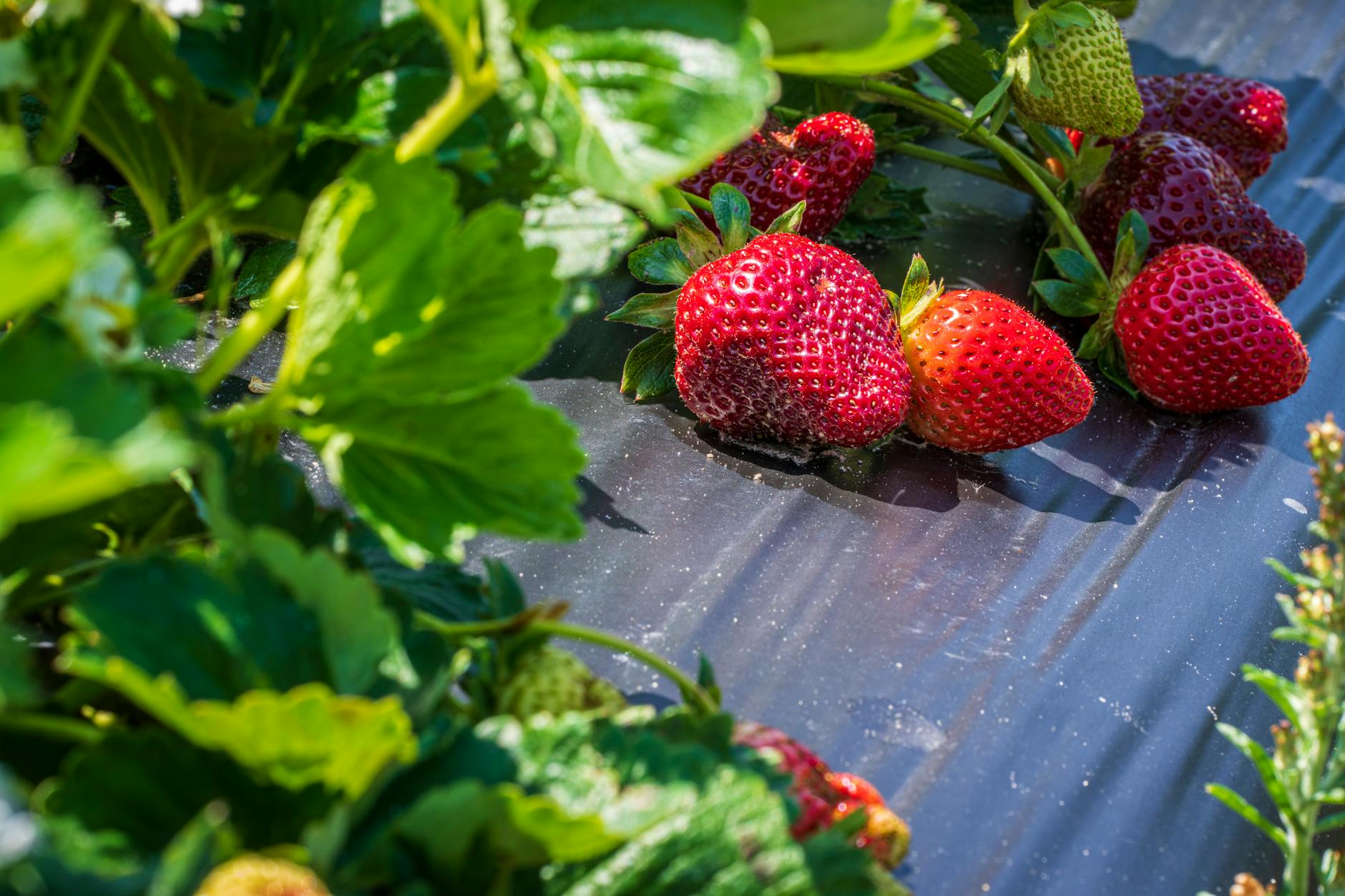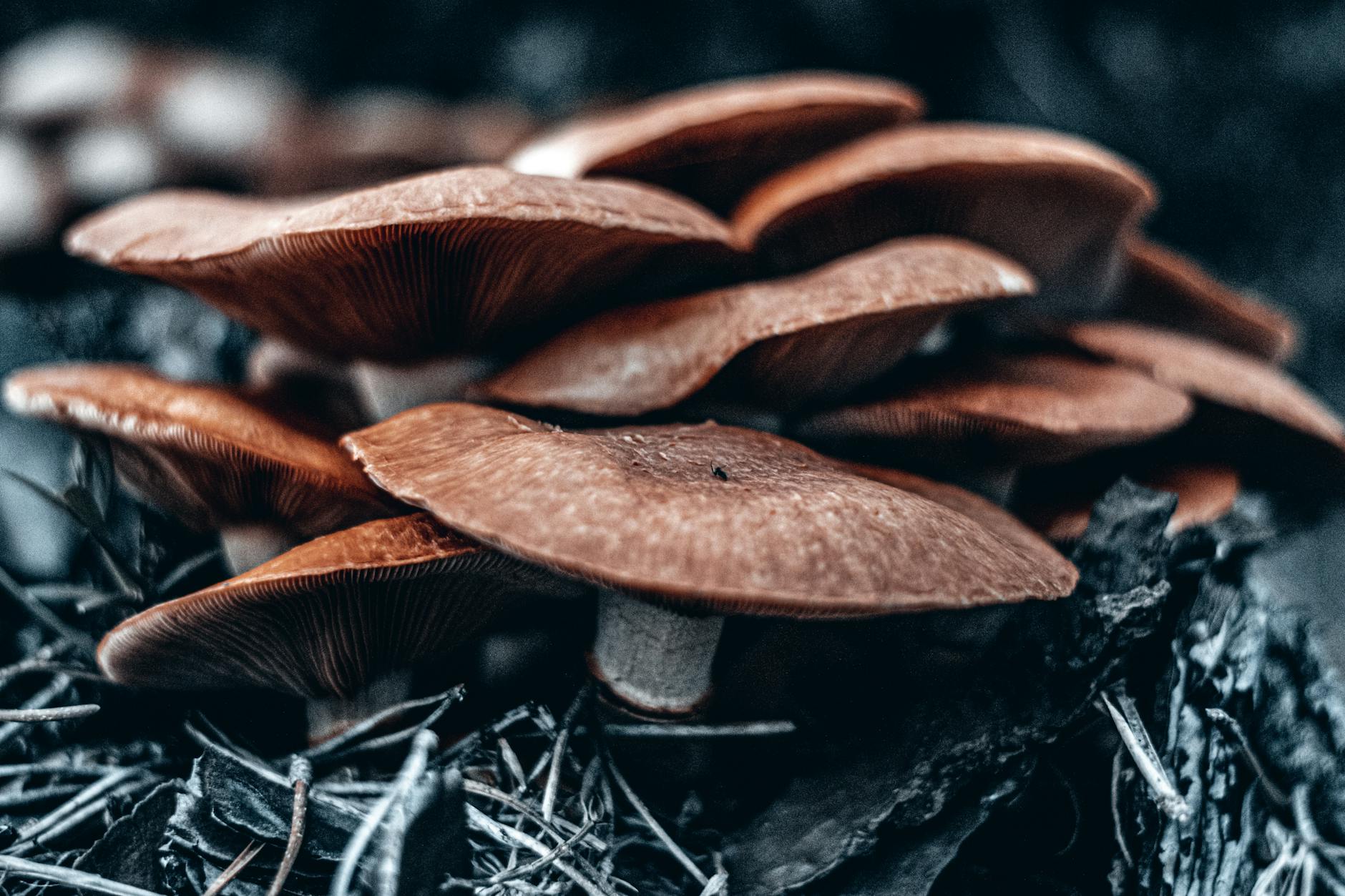Mushrooms are a unique and versatile ingredient that can add depth and flavor to a wide range of dishes. Whether you are a seasoned mushroom grower or just starting out, troubleshooting common issues that may arise during the growth process is essential to ensure a successful harvest. In this guide, we will explore valuable tips and techniques to help you overcome challenges and promote healthy mushroom growth.
Understanding the Mushroom Growth Process
Before delving into troubleshooting tips, it is crucial to understand the basic stages of mushroom growth. Mushrooms go through several phases, starting from inoculation, followed by colonization, pinning, fruiting, and finally, harvesting. Each phase requires specific environmental conditions and care to support optimal growth.
Identifying Common Issues in Mushroom Growth
Mushroom growth can be impacted by various factors, leading to stunted growth, contamination, or poor yields. Some common problems encountered by growers include mold growth, inadequate humidity levels, improper temperature regulation, substrate issues, and pest infestations. By identifying these issues early on, growers can take proactive measures to address them effectively.
Maintaining Proper Humidity Levels
Maintaining adequate humidity levels is critical for successful mushroom growth. Mushrooms thrive in a humid environment, typically requiring humidity levels between 80-90%. Low humidity can lead to dry and undersized mushrooms, while excess humidity may promote mold and bacterial growth. Utilizing a hygrometer to monitor humidity levels and misting the growing area regularly can help maintain the optimal moisture levels for mushroom cultivation.
Controlling Temperature and Ventilation
Temperature plays a vital role in the growth of mushrooms. Most mushroom species prefer temperatures ranging between 55-75°F, although specific varieties may have different temperature requirements. Proper ventilation is also essential to prevent the buildup of carbon dioxide, which can inhibit growth and lead to poor yields. Investing in a thermometer and ensuring adequate ventilation in the growing area can help create an ideal environment for mushroom cultivation.
Addressing Contamination Issues
Contamination is a common concern that can hinder mushroom growth and affect the quality of the harvest. Mold, bacteria, and pests can invade the growing substrate, leading to contaminated mushrooms that are unsafe for consumption. To prevent contamination, it is crucial to maintain a clean and sterile growing environment, use high-quality substrates, and practice proper hygiene protocols during cultivation.
Troubleshooting Nutrient Deficiencies
Nutrient deficiencies can hinder mushroom growth and result in subpar yields. Mushroom substrates provide essential nutrients for growth, but over time, these nutrients can become depleted. Adding supplements such as gypsum, calcium carbonate, or agricultural lime to the substrate can replenish nutrients and improve the overall health and vigor of the mushrooms.
Conclusion
In conclusion, successful mushroom cultivation requires careful attention to detail, proper environmental control, and proactive troubleshooting of common issues. By understanding the growth process, identifying potential problems, and implementing effective solutions, growers can overcome challenges and achieve a bountiful harvest of healthy and flavorful mushrooms. With these essential troubleshooting tips in mind, you can enhance your mushroom-growing skills and enjoy the rewards of a thriving mushroom garden.


